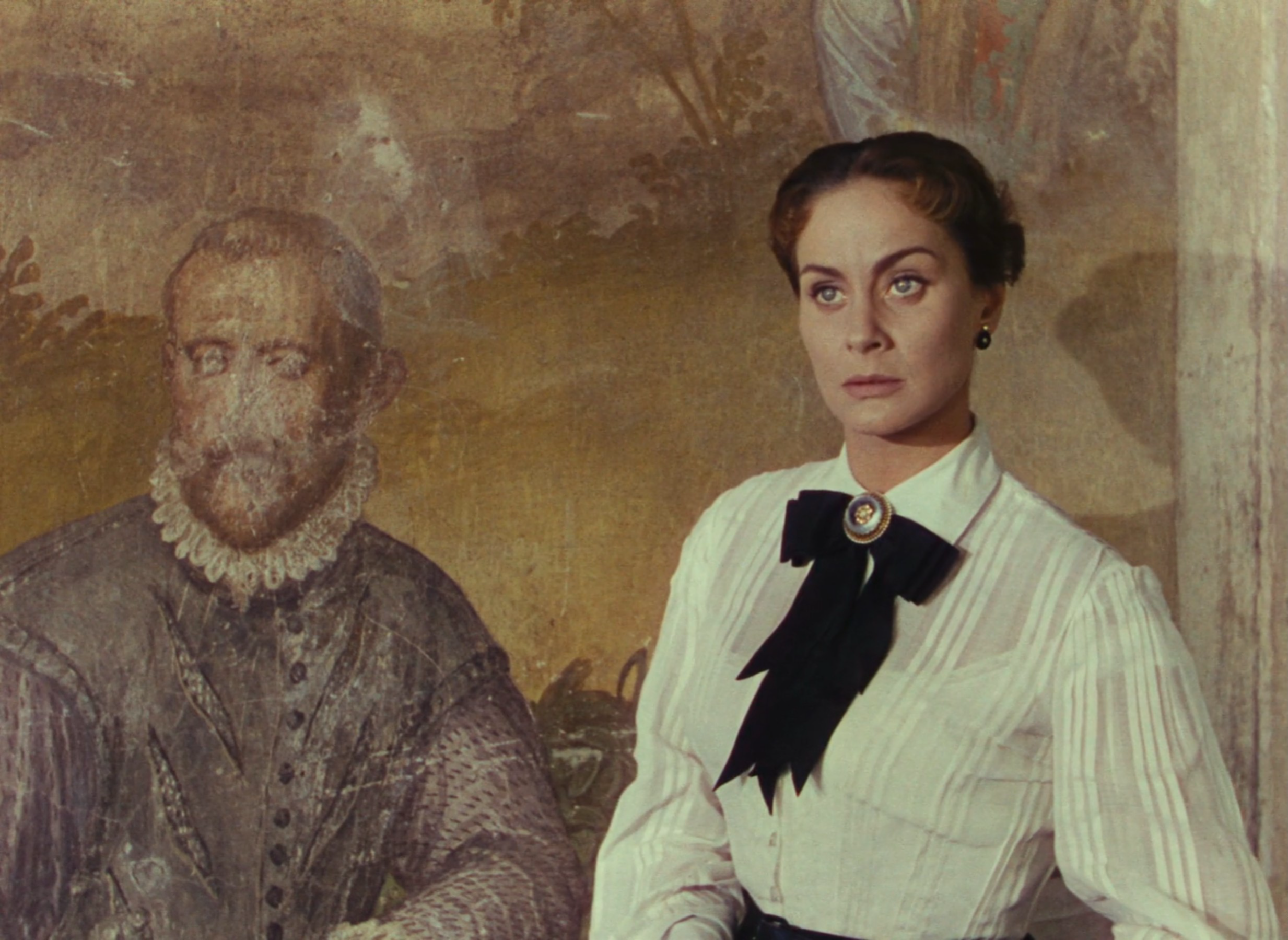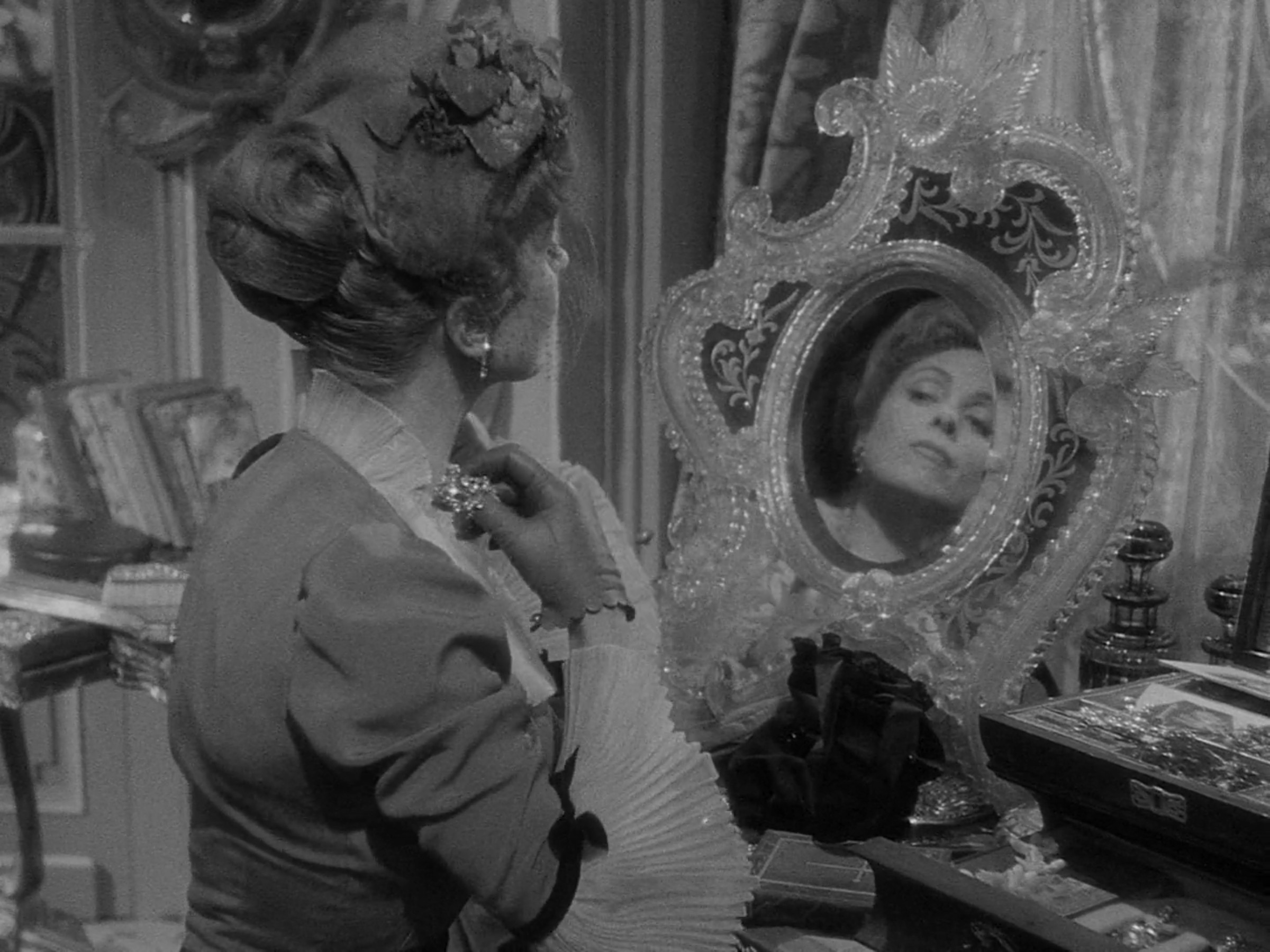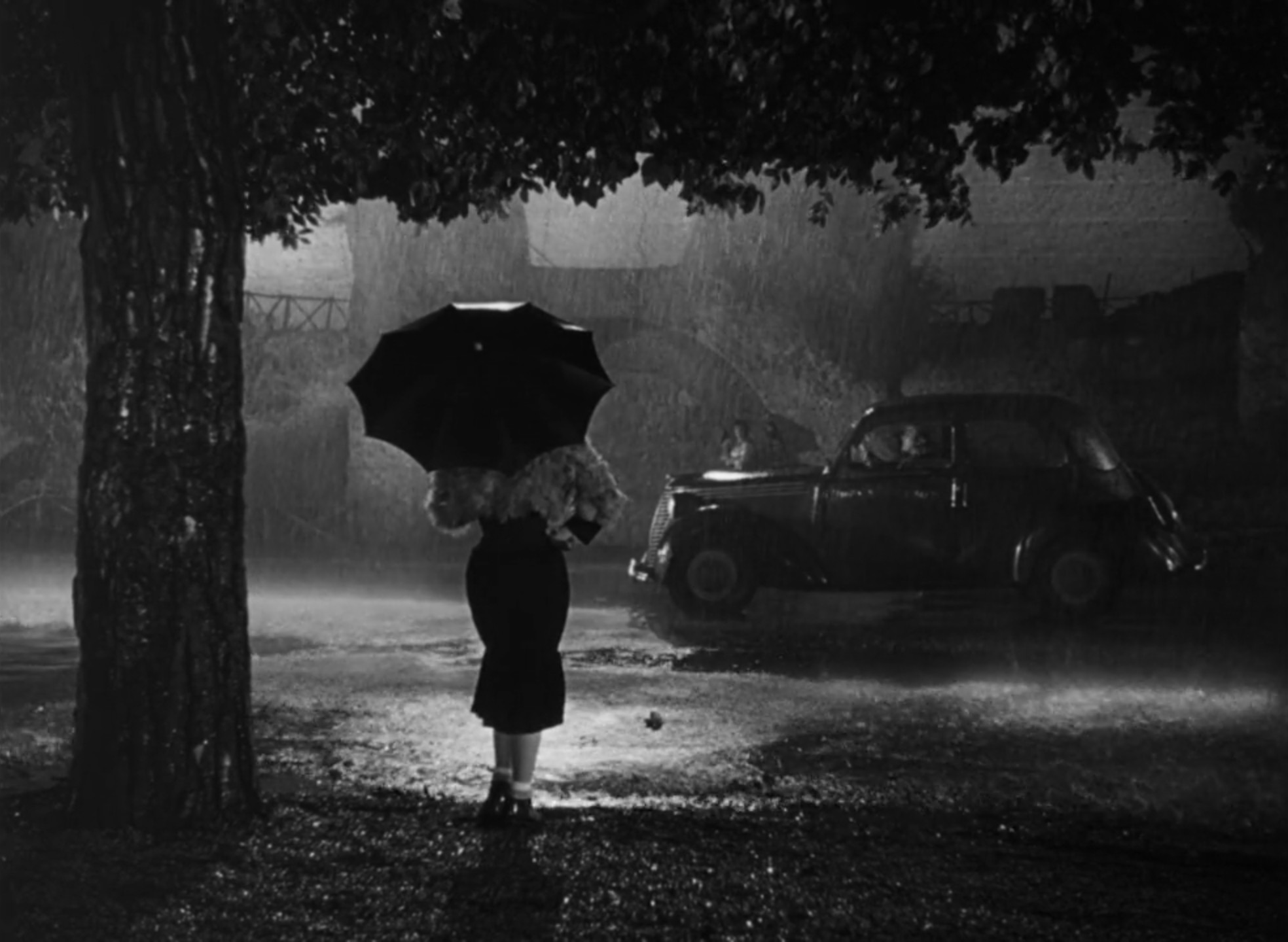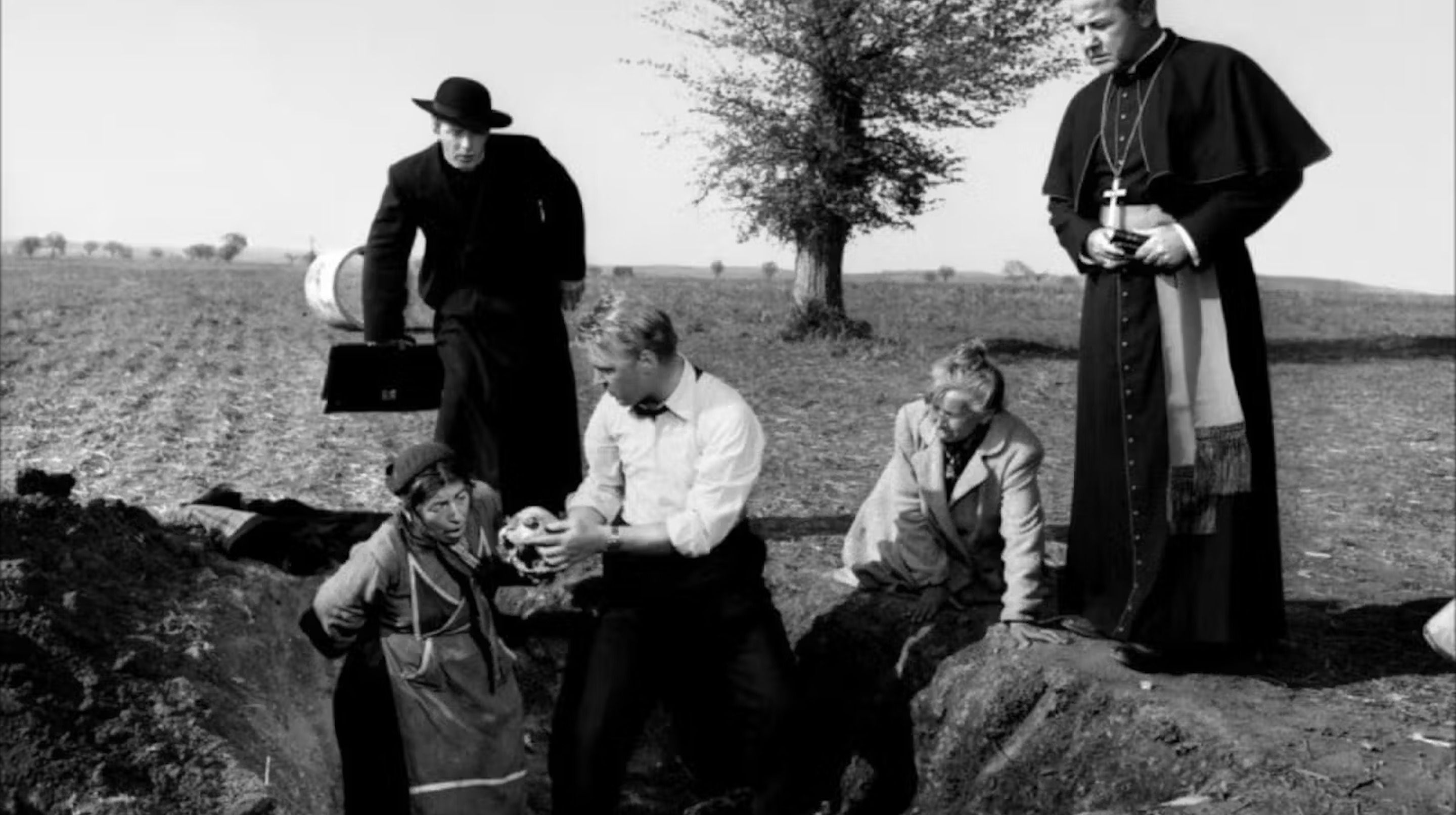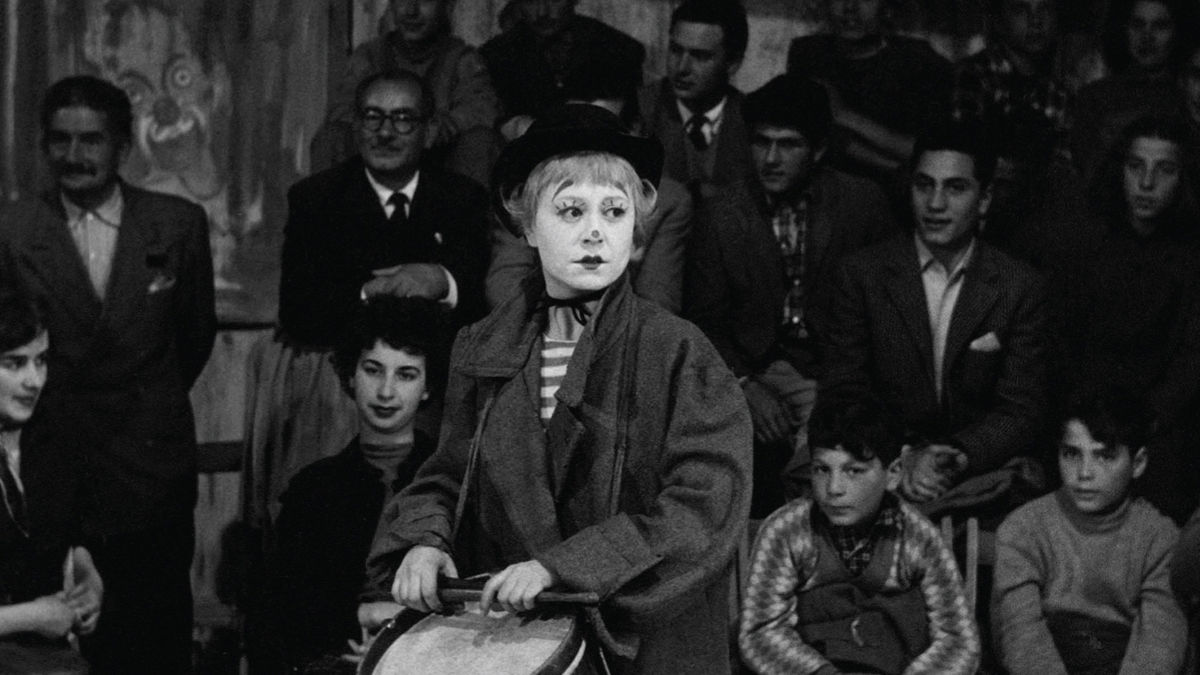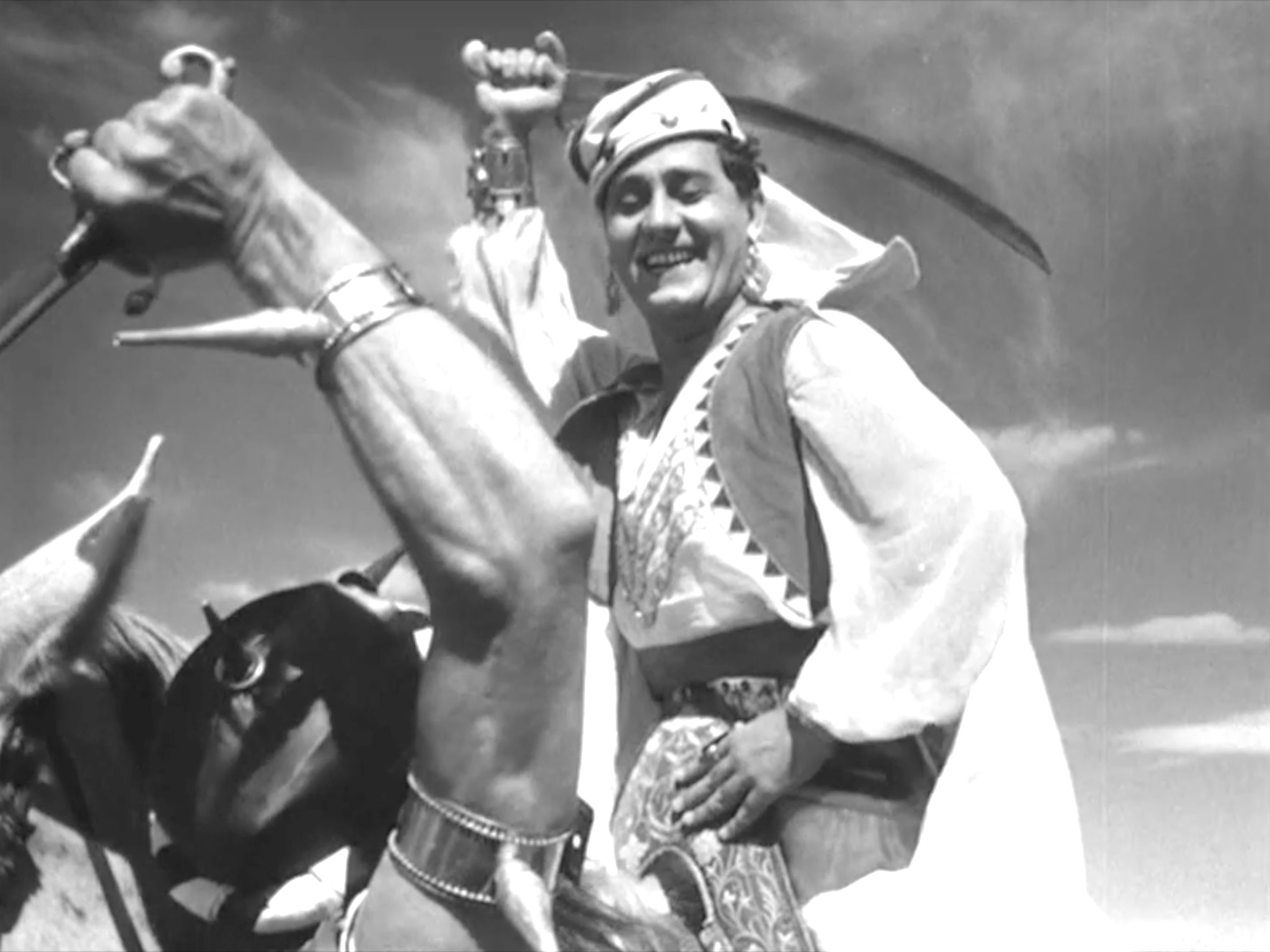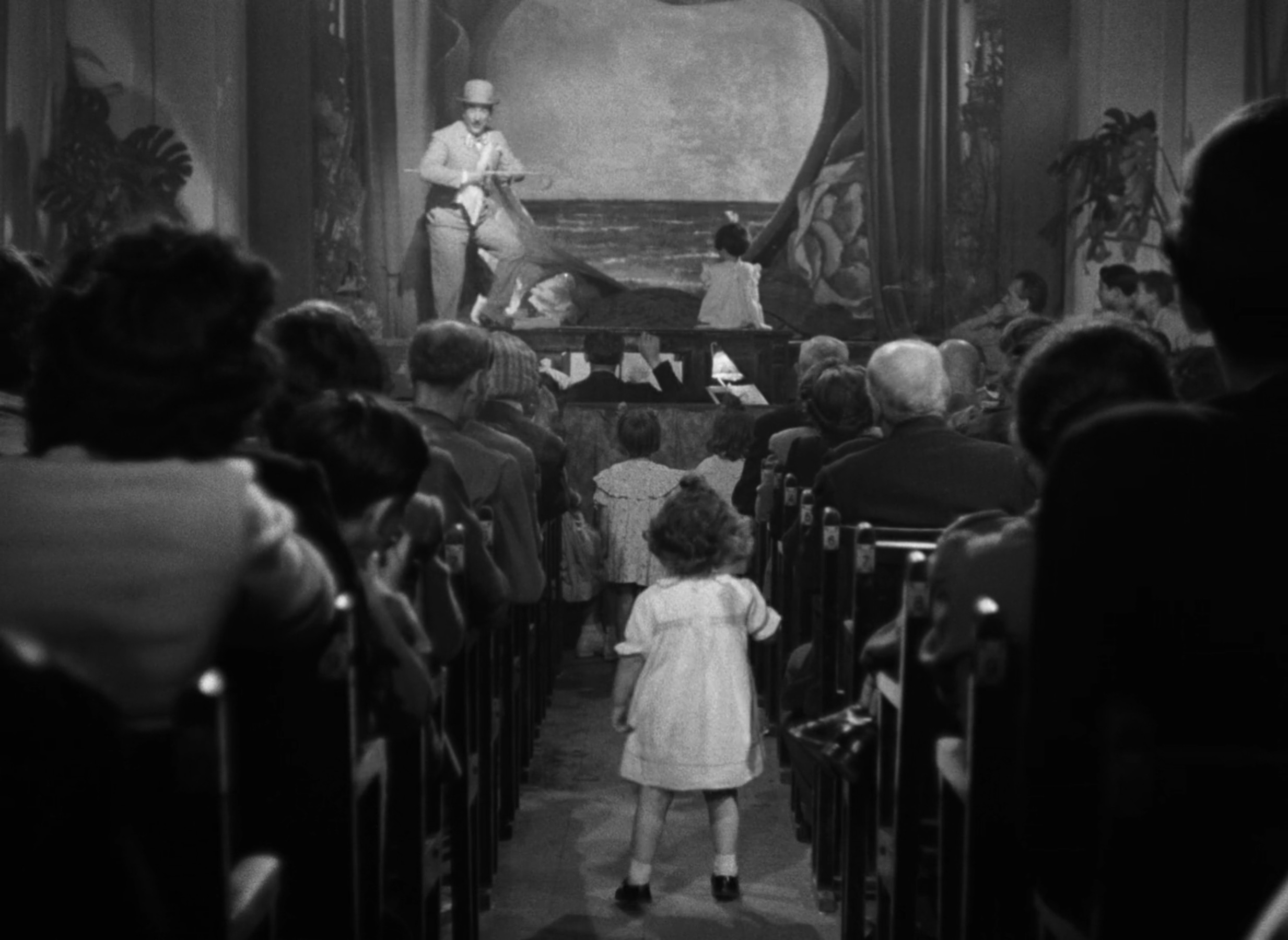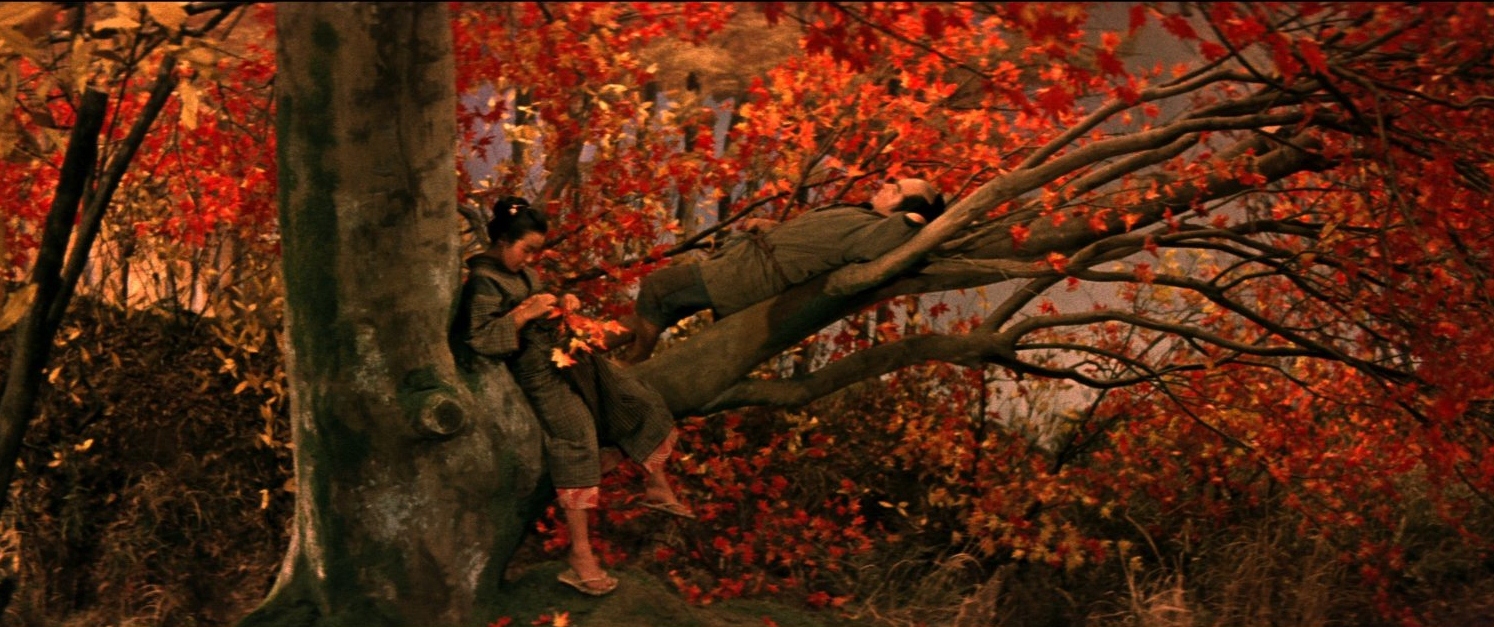Elevator to the Gallows (1958)
The assassination that will finally allow secret lovers Julien and Florence to elope couldn’t be more carefully planned, and yet the fatalistic pull of destiny has other mischievous intentions in Elevator to the Gallows, as Louis Malle intertwines two Parisian tales of love and crime with dark, seductive malice.


